I'm an electrochemical engineer. I saw a video showing although the output voltage from transformer is about 16.5V without connection, the voltage immediately drops to 9.86V, slightly higher than the open circuit voltage of a battery to be charged.
Video link: https://www.youtube.com/watch?v=k_kEtElESvw // please see from 3:20
Could someone clarify the following points:
- Why the output voltage cannot maintain the voltage value seen with this simple “charger” when unloaded?
- When I charge battery with a potentiostat equipment, that also can charge the battery with controlled voltage and current, this is not expected to happen, if the potentiostat is properly adjusted. Why does this not happen?
- What are the differences between this simple circuit and a more sophisticated circuit, as a potentiostat?
- Can a potentiostat be used as a battery charger?
- Are there problems to use potentiostat as a battery charger?
